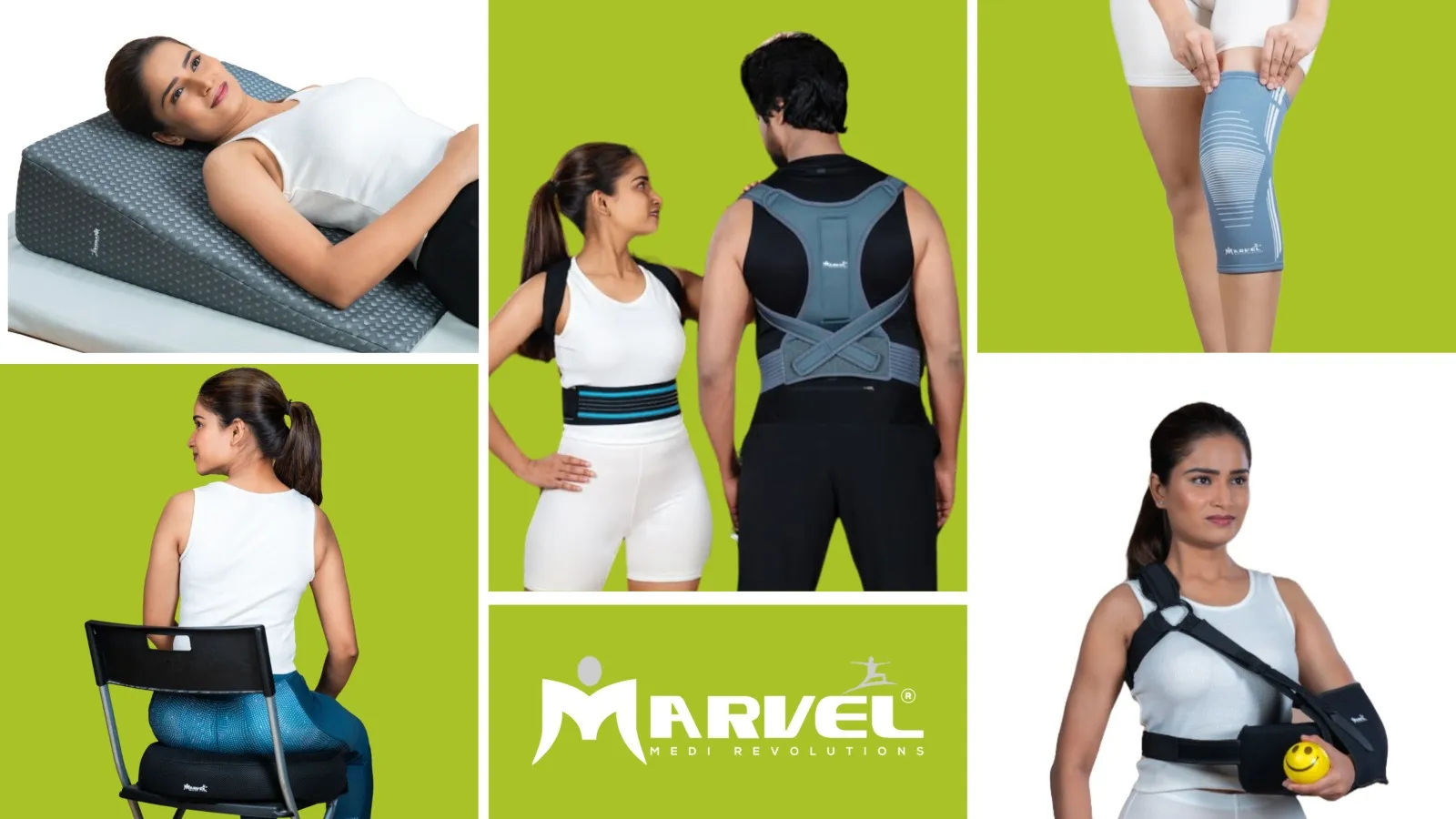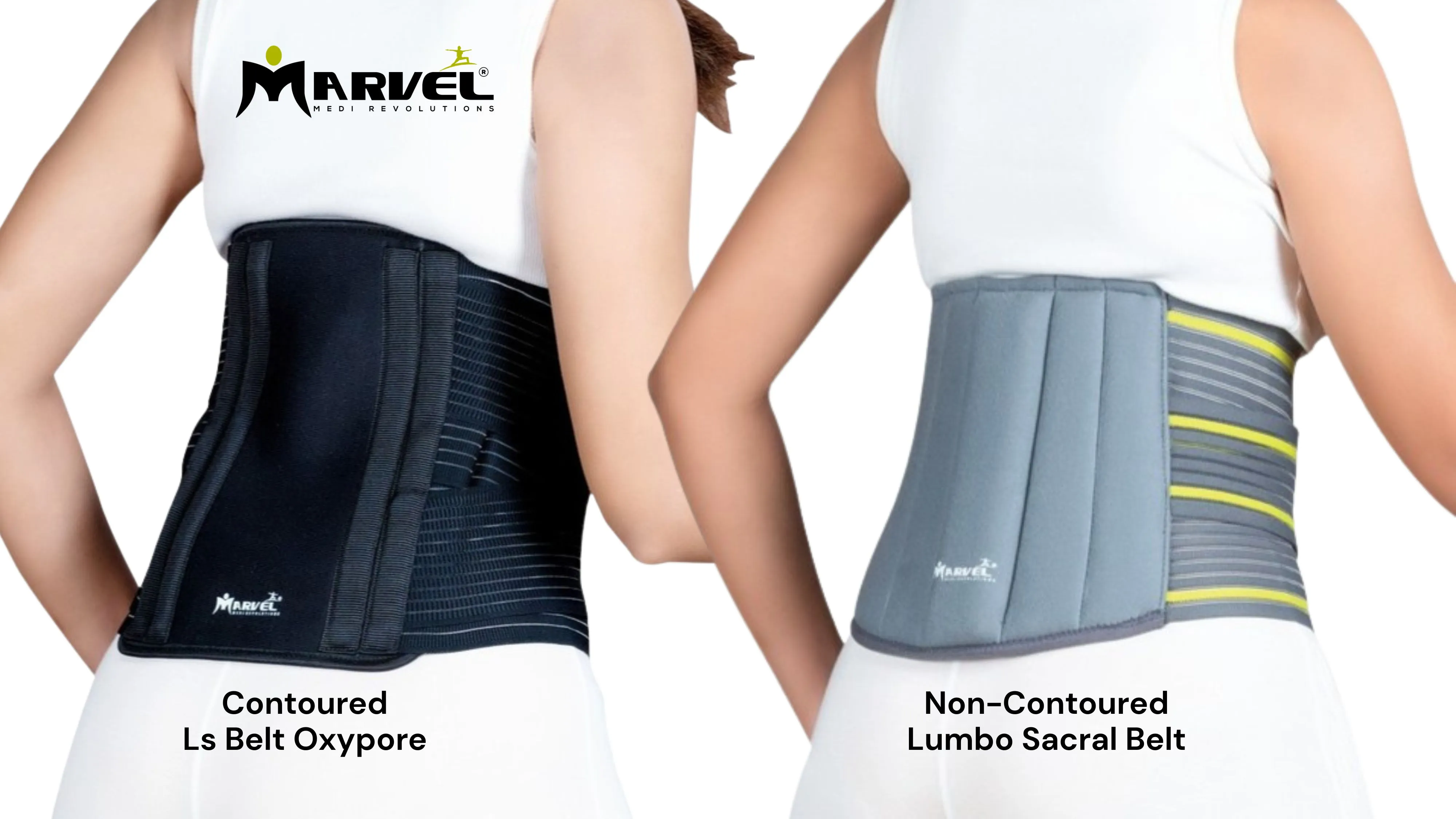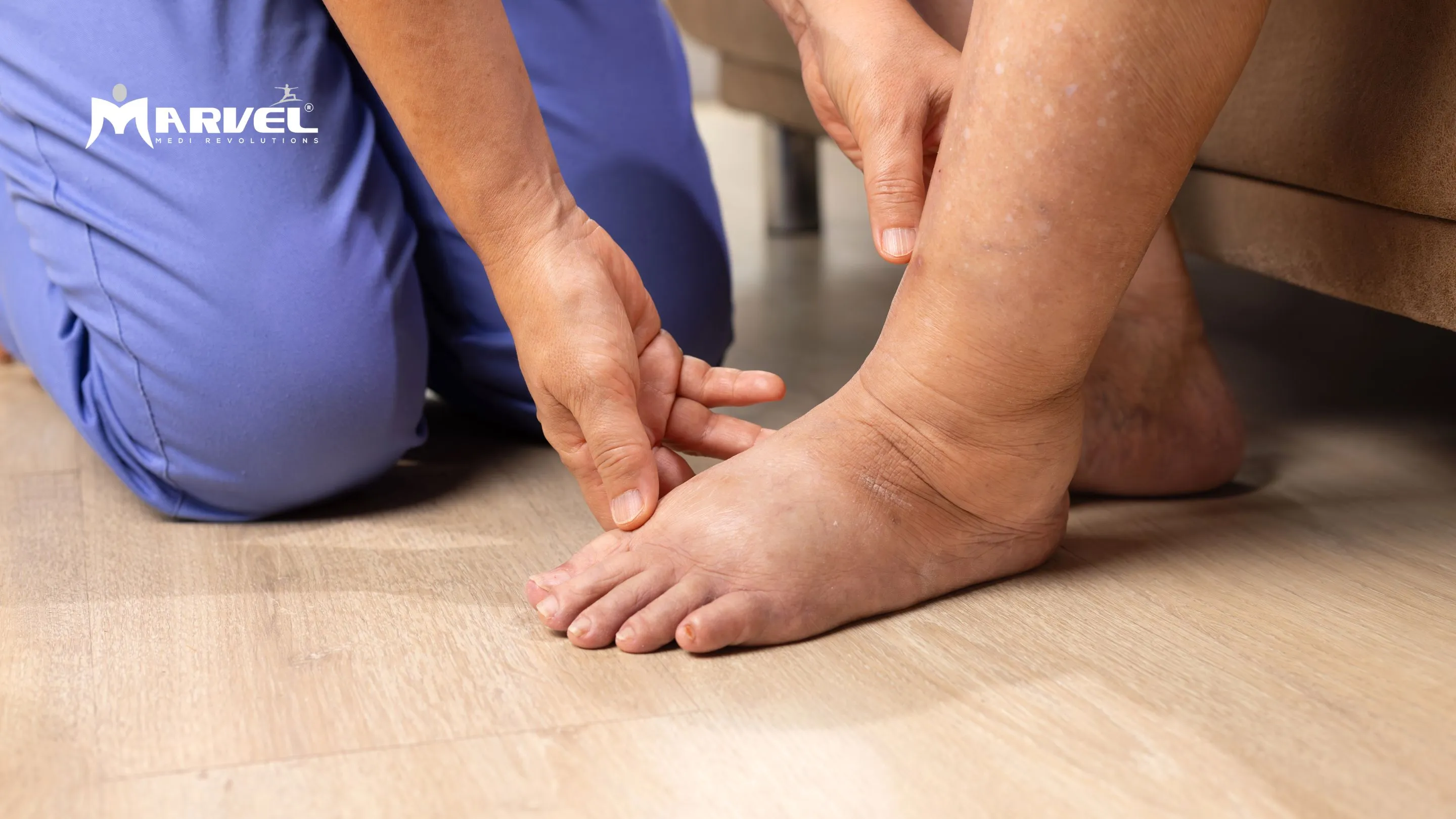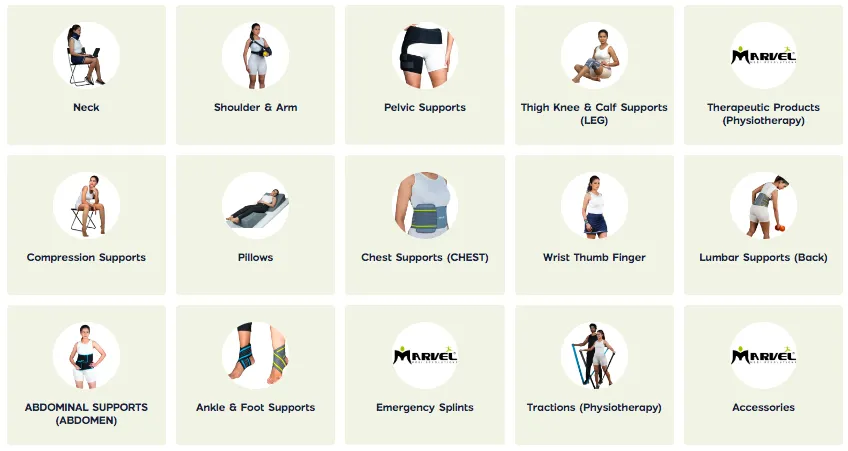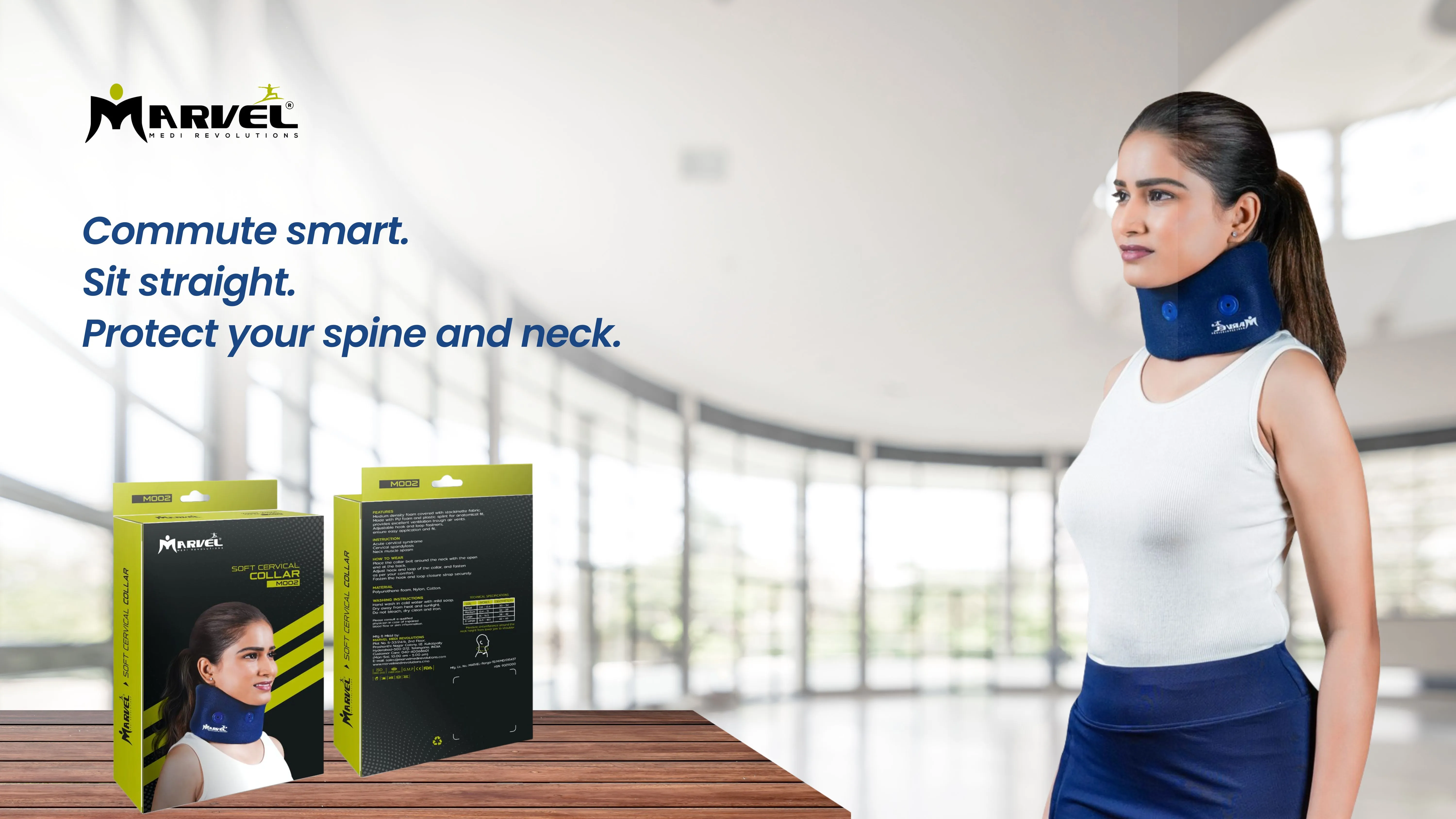In managing pain or supporting recovery from injuries, many people think of treatments in terms of medication or surgery. But there’s a third path - one that doesn’t alter the body’s chemistry but still plays a crucial role in healing. Orthopaedic supports are external aids that offer stability, alignment, and comfort—helping people move better, heal faster, and prevent injuries.
Though they don’t act like traditional medicine, orthopaedic supports are an essential part of many rehabilitation and pain management plans.
What Are Orthopaedic Supports?
Orthopaedic supports include braces, belts, splints, posture correctors, and compression garments. These tools are designed to support muscles and joints externally—offering structure and relief without entering the bloodstream or affecting internal systems like medicines do.
They are commonly used in conditions like arthritis, back pain, sports injuries, post-surgery recovery, and posture correction.
How They Work: External Support for Musculoskeletal Health
Orthopaedic supports assist healing and movement by:
- Stabilizing Joints and Muscles They help maintain correct alignment, especially in unstable or injured areas.
- Reducing Strain and Pressure Supports take the load off affected muscles or joints, giving them time and space to recover.
- Improving Movement Awareness Wearing a support improves proprioception - your sense of body positioning, leading to safer, more mindful movements.
Key Benefits of Orthopaedic Supports
Though not a replacement for medical treatment, orthopaedic supports can reduce the need for pain medications and enhance physical function:
- Pain Relief and Management Used regularly, supports can reduce discomfort in chronic conditions like lower back pain or osteoarthritis.
- Injury Prevention Athletes, manual labourers, and elderly individuals often use supports proactively to prevent strain or falls.
- Post-Injury or Post-Surgery Support Braces and splints help protect healing tissue, reduce the risk of re-injury, and promote faster rehabilitation.
A Non-Invasive Approach to Musculoskeletal Care
Orthopaedic supports don’t rely on chemical interactions or invasive procedures. Instead, they work from the outside in - restoring stability, reducing pain, and supporting natural movement patterns. This makes them especially valuable for individuals looking to manage chronic issues or recover safely without relying heavily on medications.
Conclusion: Stability Without Side Effects
Orthopaedic supports might not be medicine in the classical sense, but they offer therapeutic benefits that are hard to ignore. By providing external help to muscles and joints, they can ease pain, enhance mobility, and reduce the risk of further injury. When used wisely, they empower individuals to take control of their recovery and movement - naturally, safely, and effectively.

